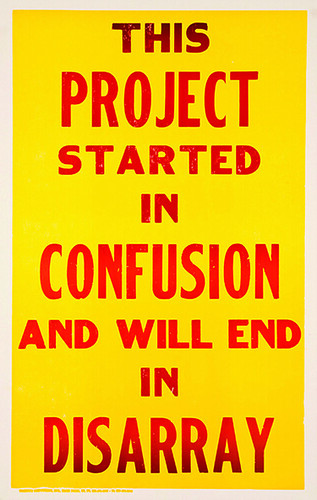Philadelphia’s international festival celebrates the role of print making in contemporary art.

For five years, the Philagrafika organization has been planning Philagrafika 2010, a citywide event that showcases local print innovation. The event, which makes Philadelphia home to one of the largest art exhibits in the country, exposes the talent of artistic minds in innovative printmaking.
“The attitude is to let yourself go and come with an open mind,” said José Roca, Philagrafika 2010’s event curator and artistic director. “Whether you are a die-hard print specialist or someone that is interested in art, … you will find incredible things that will surprise you, raise you and fascinate you.”
Roca came to Philadelphia in 2002 and has been working with the Philagrafika organization for the last four years. After spreading the word about the project to the community, Roca received participation from approximately 80 partners.
“The new or different thing about working in Philadelphia for Philagrafika was the eminent collaborative nature of this endeavor,” said Roca, who worked with a team of curators from the core artistic institutions that signed on to the program.
He and the other curators incorporated traveling into the collection process, Roca said.
“[The co-curators and I traveled] around the world going to biennials, triennials, print shops, all kinds of print events and the studios of the artists [on all] continents to identify practices regarding print,” Roca added. “And then, the last year-and-a-half has been spent putting together the show, producing the works and installing the exhibitions.”
Beginning this Friday and continuing through April 11, Philagrafika will be showcasing the talent of more than 350 artists and uniting 89 Philadelphia art institutions. The five venues featured, each of which will flaunt major installations, are the Moore College of Art & Design, the Pennsylvania Academy of Fine Arts (PAFA), the Philadelphia Museum of Art, the Print Center and Temple Gallery at the Tyler School of Art. Each of the five venues has a unifying theme, titled The Graphic Unconscious, which attempts to visually explain how print enables the artist to engage the public’s fear.
Among the many artists whose work will be on display at Tyler is Carl Pope. But visitors won’t just find Pope’s art in the gallery – his work is out in the city too. His project, titled The Wall Remixed: North Philadelphia Small Business Advertising Campaign, is his third billboard endeavor.
“I thought that it would be interesting to provide billboards to small businesses and organizations [that] normally do not or cannot afford to use billboard advertising,” Pope said. The artist, who said he has been interested in art since he was five years old, originally started his career as a photographer.
Pope’s project is a collaborative piece. He worked with Mari Hulick, a graphic design collaborator, and local artist Homer Jackson. Pope also worked with 23 local businesses and the Mural Arts Program’s ArtWorks, an after-school outreach program for young children.
“The identities of the businesses and the voices of the kids are the most important thing,” Pope said, adding that he incorporated the interests of both the businesses and the children into his project.
Another participant in Tyler’s The Graphic Unconscious is Danish group Superflex, which was founded in 1993 and is directed by Jakob Fenger, Rasmus Nielsen and Bjonstjerne Christiansen. The group’s project, Copy Light, is a workshop that uses hanging lamps to address intellectual properties.
Each lamp is a cube printed with images of famous copyrighted hanging lamps. The Philagrafika proposal is to have a factory setting in the gallery with Temple students producing the lamps. Throughout the duration of the exhibit, audiences will see how it evolves. During the first day, there will be one or two hanging lamps and several in the making. After a week, there will be 10 to 12. By the end of the show, there will be a full-fledged light installation.
Philagrafika 2010 will host two national conferences, with which the group hopes to attract thousands of attendees, Roca said, along with many other specific programs that will attract visitors throughout the show’s duration. Many Philadelphians are expected to attend this event, but the curators are also hoping to get as much national exposure as possible, Roca said.
In addition to making the Philagrafika festival a reoccurring event, Roca said he has two goals for the project: to highlight the importance of the printed media in contemporary art practice and to highlight Philadelphia, its institutions and its collections.
“I am sure … there will be something to please everybody,” he added.
Roca has worked on art events around the world, many of which he has co-curated, including: Poly/graphic Triennial in 2004 in San Juan, Puerto Rico; the 27th Bienal de São Paulo in Sao Paulo in 2006; the Encuentro Internacional Medellín 2007 in Medellín, Colombia; and Cart[ajena], a series of urban interventions in Cartagena, Colombia in 2007.
Bob Kaplan can be reached at bob.kaplan@temple.edu.



Be the first to comment